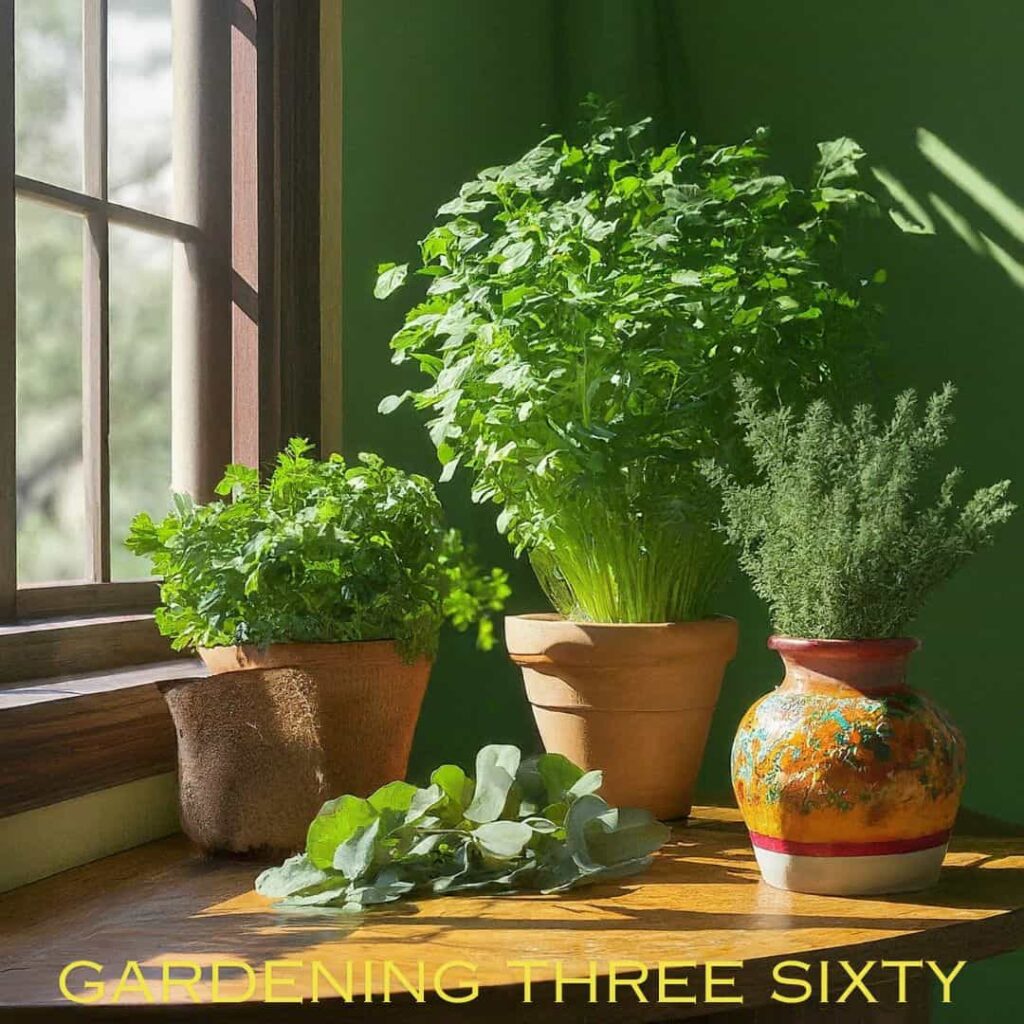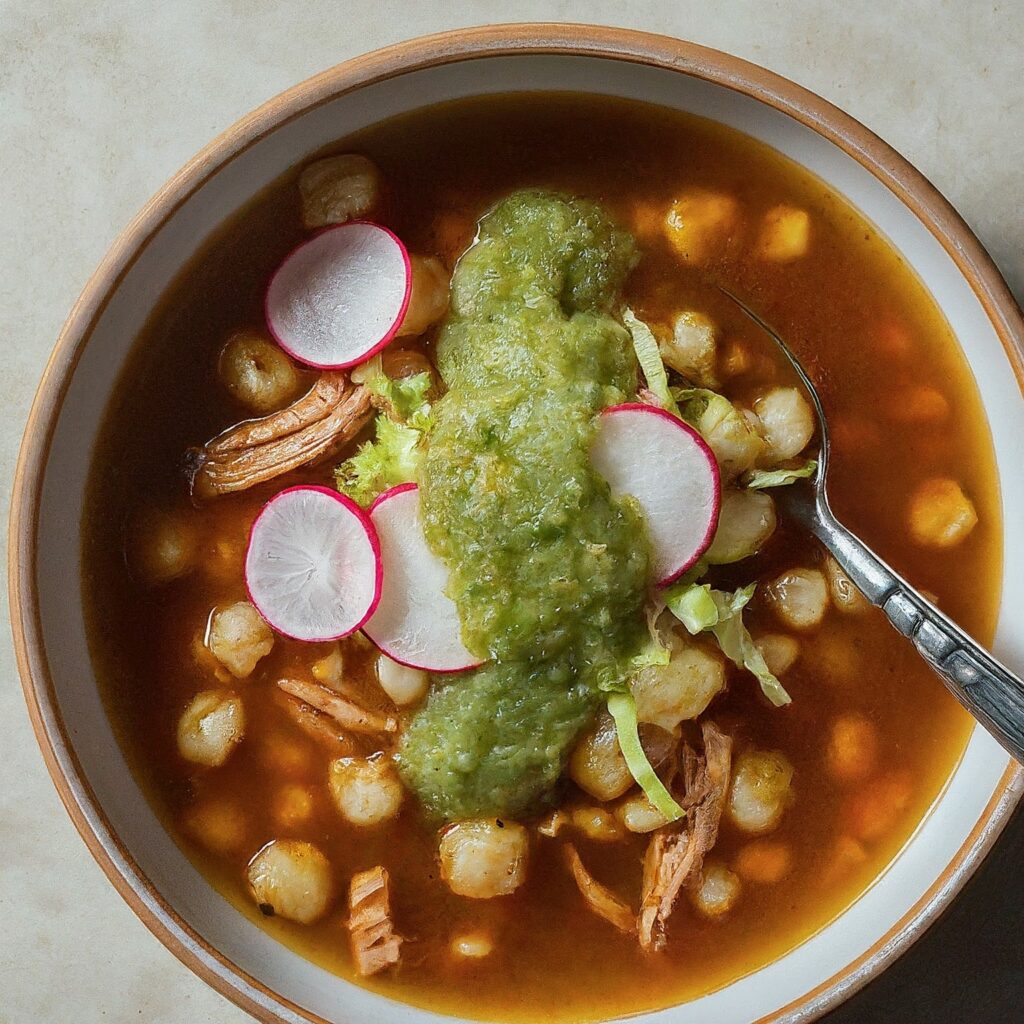Mexican herbs are an integral part of both Mexican cuisine and traditional medicine. Their unique flavors and medicinal properties have made them popular not just in Mexico but around the world. In this article, we’ll explore the various aspects of Mexican herbs, from their common types to their health benefits and uses.
Common Mexican Herbs and Their Uses
Cilantro
Cilantro, also known as coriander, is widely used in Mexican cooking to add a fresh and citrusy flavor to dishes like salsa, guacamole, and tacos. It also has antioxidant properties and may help in detoxifying the body.
Epazote
Epazote is a herb with a strong, pungent flavor used in Mexican cuisine, particularly in bean dishes like refried beans. It’s believed to aid in digestion and reduce gas.
Mexican Oregano
Mexican oregano has a stronger flavor than Mediterranean oregano and is often used in chili, soups, and stews. It has antimicrobial properties and may help in fighting infections.
Papalo
Papalo is a lesser-known Mexican herb with a flavor similar to cilantro and arugula. It’s used in salsas, salads, and soups and is believed to have anti-inflammatory effects.

Health Benefits of Mexican Herbs
Mexican herbs offer a range of health benefits, including anti-inflammatory properties that can help reduce inflammation in the body. They are also rich in antioxidants, which protect cells from damage caused by free radicals. Additionally, many Mexican herbs promote digestive health by aiding in digestion and reducing bloating.
Antioxidant Powerhouse:
- Epazote: This unique herb, sometimes called wormseed, is a common LSI keyword associated with Mexican herbs. It boasts anti-inflammatory properties and may even help with digestion.
- Mexican Oregano: Oregano isn’t just for pizza! The Mexican variety is packed with antioxidants like polyphenols, which can fight free radicals and potentially reduce inflammation.
Gut Health Heroes:
- Papalo: This LSI keyword refers to the butterfly pea flower, a vibrant addition to Oaxacan cuisine. Studies suggest it may promote the growth of good gut bacteria.
- Cilantro: This ubiquitous herb is a natural source of prebiotics, which can nourish beneficial gut flora and contribute to overall digestive health .
Immune System Support:
- Mexican Mint (yerba buena): Also known as Indian borage, this minty herb is traditionally used to combat colds and may even boost the immune system thanks to its potential anti-inflammatory properties.
- hoja santa: Hoja santa, also known as yerba santa, hierba santa, Mexican pepper leaf, acuyo, tlanepa, anisillo, root beer plant, Vera Cruz pepper, and sacred pepper, is a revered herb in Mexican cooking. The term hoja santa translates from Spanish as “sacred leaf”.
Important Disclaimer: While these herbs have been used in traditional medicine for centuries, it’s crucial to remember that scientific research on their effectiveness is still evolving. Always consult with a healthcare professional before using any herb for medicinal purposes, especially if you have underlying health conditions or are taking medications.
Growing Mexican Herbs at Home
You can easily grow Mexican herbs at home, provided you have the right climate and conditions. Most Mexican herbs thrive in warm, sunny environments with well-draining soil. Ensure proper watering and sunlight for optimal growth.
Suitable Climates
Most Mexican herbs thrive in warm, sunny climates with well-draining soil. They prefer temperatures between 60°F to 90°F (15°C to 32°C) and require adequate sunlight for healthy growth.
Growing Tips and Techniques
- Soil: Use well-draining soil with good aeration to prevent waterlogging, which can lead to root rot.
- Watering: Mexican herbs prefer moderate watering. Allow the soil to dry slightly between waterings to avoid overwatering.
- Sunlight: Place herb plants in areas with at least 6 to 8 hours of sunlight daily for optimal growth.
- Pruning: Regular pruning helps promote bushier growth and prevents legginess in herb plants.
- Pests and Diseases: Monitor plants for pests like aphids and caterpillars. Use organic pest control methods if needed. Prevent fungal diseases by avoiding overwatering and providing good air circulation.
Popular Mexican Herbs to Grow at Home
- Cilantro: Easy to grow from seeds or seedlings. Harvest leaves regularly to encourage continuous growth.
- Epazote: Thrives in warm climates and can be grown from seeds. Prune regularly to maintain shape.
- Mexican Oregano: Prefers well-draining soil and full sunlight. Harvest leaves for culinary use or drying.
- Papalo: Requires regular watering and well-draining soil. Harvest leaves as needed for fresh use.
Incorporating Mexican Herbs in Cooking

Mexican herbs can elevate the flavor of various dishes, from traditional Mexican cuisines like tacos and enchiladas to fusion recipes that blend Mexican flavors with other cuisines. Experimenting with different herbs can lead to exciting culinary creations.
Traditional Mexican Dishes
- Tacos: Add fresh cilantro leaves to your tacos for a burst of flavor and freshness.
- Salsas: Use chopped cilantro, epazote, and Mexican oregano in homemade salsas for authentic Mexican flavors.
- Guacamole: Sprinkle chopped cilantro and a pinch of Mexican oregano into your guacamole for added complexity.
- Enchiladas: Incorporate finely chopped epazote into your enchilada sauce for a distinctive taste.
Culinary Substitutes
Finding all Mexican herbs can be tricky depending on your location. Here are some substitutes for the less common ones:
- Papalo: This herb with a cilantro-arugula flavor can be replaced with a combination of:
- Chopped fresh arugula
- A pinch of cilantro
- A touch of lime juice
- Epazote: This strong-flavored herb has a unique taste that can be difficult to replicate. However, you can try:
- Chopped green peas (for a milder flavor)
- A touch of dried basil (use sparingly)
Dosage and Risks
Important Disclaimer: It’s crucial to remember that while Mexican herbs have been used traditionally for centuries, scientific research on their effectiveness and safety is ongoing. Always consult with a healthcare professional before using any herb for medicinal purposes, especially if you have underlying health conditions or are taking medications.
Here’s why proper dosage is important:
- Concentration: Herbal remedies can vary in potency depending on the preparation (tea, tincture, capsule). Taking too much can lead to side effects.
- Interactions: Herbs can interact with medications you’re taking, potentially causing adverse reactions.
Some potential risks to consider:
- Liver damage: Certain herbs, in high doses, can be toxic to the liver.
- Pregnancy and breast-feeding: Some herbs can be unsafe during pregnancy or breastfeeding.
- Allergic reactions: As with any food or plant, allergic reactions to herbs are possible.
Mexican Herbal Remedies
In addition to culinary uses, Mexican herbs have a long history of medicinal use. Traditional remedies using herbs like chamomile, mint, and sage are believed to treat various ailments, from digestive issues to respiratory problems.
Chamomile
Chamomile is known for its calming properties and is often used to make soothing herbal teas. It can help promote relaxation, reduce anxiety, and aid in sleep.
Mint
Mint is well-known for its digestive benefits. It can help relieve indigestion, bloating, and gas. Peppermint oil, derived from mint leaves, is also used topically for headaches and muscle pain relief.
Sage
Sage has antibacterial and anti-inflammatory properties. It is commonly used to alleviate sore throats, mouth ulcers, and respiratory congestion. Sage tea is also believed to improve cognitive function and memory.
Arnica
Arnica is used in topical preparations, such as creams and ointments, for its anti-inflammatory and pain-relieving properties. It is often applied to bruises, sprains, and muscle aches.
Echinacea
Echinacea is a popular herbal remedy for boosting the immune system and fighting off colds and infections. It is available in various forms, including teas, capsules, and tinctures.
Lemon Balm
Lemon balm is known for its calming effects and is used to reduce stress, anxiety, and insomnia. It can be consumed as a tea or used in aromatherapy.
Calendula
Calendula is prized for its skin-healing properties. It is used in creams, ointments, and salves to soothe minor cuts, burns, rashes, and insect bites.
Aloe Vera
Aloe vera is a versatile plant with numerous health benefits. It is commonly used topically to soothe sunburns, moisturize the skin, and promote wound healing.
Sustainability and Conservation of Mexican Herbs
With growing popularity, there’s a need to ensure the sustainability of Mexican herbs. Responsible harvesting practices, such as selective harvesting and promoting cultivation, can help preserve these valuable resources for future generations
Importance of Preservation
- Biodiversity: Mexican herbs contribute to the rich biodiversity of ecosystems. Preserving their natural habitats supports a diverse range of plant and animal species.
- Cultural Heritage: Many Mexican herbs hold cultural and historical significance. Preserving these herbs ensures the continuation of traditional practices and knowledge.
- Economic Impact: Sustainable harvesting and cultivation practices benefit local communities economically by providing livelihoods and promoting eco-tourism.
Responsible Harvesting Practices
- Selective Harvesting: Harvesting herbs selectively, rather than indiscriminately, allows plants to regenerate and ensures their long-term survival.
- Seasonal Harvesting: Adhering to seasonal harvesting schedules prevents overexploitation and allows plants to reproduce naturally.
- Avoiding Overharvesting: Monitoring herb populations and avoiding overharvesting ensures sustainable use of resources.
Promoting Cultivation
- Community Gardens: Encouraging community gardens and home cultivation of herbs promotes local resilience and reduces dependence on wild harvesting.
- Education and Awareness: Educating communities about the importance of sustainable practices and conservation efforts raises awareness and fosters stewardship.
- Supporting Ethical Sourcing: Consumers can support sustainability by choosing products from sources that prioritize ethical and sustainable practices.
Collaborative Conservation Efforts
- Partnerships: Collaborating with local communities, conservation organizations, and government agencies fosters collective efforts toward conservation.
- Research and Monitoring: Researching herb populations, habitat restoration, and monitoring efforts helps track progress and identify conservation needs.
- Policy Advocacy: Advocating for policies that promote sustainable herb harvesting, conservation, and ethical sourcing contributes to long-term conservation goals.
By prioritizing sustainability and conservation practices, we can preserve the richness of Mexican herbs for generations to come.
FAQ’s About Mexican Herbs
What are the main Mexican herbs?
Many herbs contribute to the vibrant flavors of Mexican cuisine, but Cilantro (also known as coriander), Mexican Oregano, and Epazote are some of them.
Read More about Mexican Herbs
What spice is Mexico known for?
Mexico isn’t necessarily known for just one spice, but rather a combination of spices that create the unique flavor profile of Mexican cuisine. Two particularly important ones are
What are three common herbs used in Mexican cooking?
Here are three common herbs used in Mexican cooking. i.e Cilantro (fresh coriander leaves), Cumin and Mexican oregano
Conclusion
Mexican herbs are not only flavorful additions to culinary creations but also valuable sources of medicinal benefits and cultural heritage. From cilantro’s fresh burst of citrus to sage’s soothing properties, these herbs offer a myriad of uses and flavors that enrich our lives.
However, as we embrace the benefits of Mexican herbs, it’s crucial to do so responsibly. Sustainable harvesting practices, cultivation efforts, and conservation initiatives are essential to preserve these precious resources for future generations. By supporting ethical sourcing, promoting awareness, and fostering collaborative conservation efforts, we can ensure the continued availability and diversity of Mexican herbs.
Whether you’re exploring traditional Mexican dishes, experimenting with fusion recipes, or harnessing the healing powers of herbal remedies, Mexican herbs offer a world of possibilities. Let’s cherish and protect these botanical treasures for a healthier, more sustainable future.
ALSO READ
Delphinium Pacific Giant – Seeds, Species And Growth
